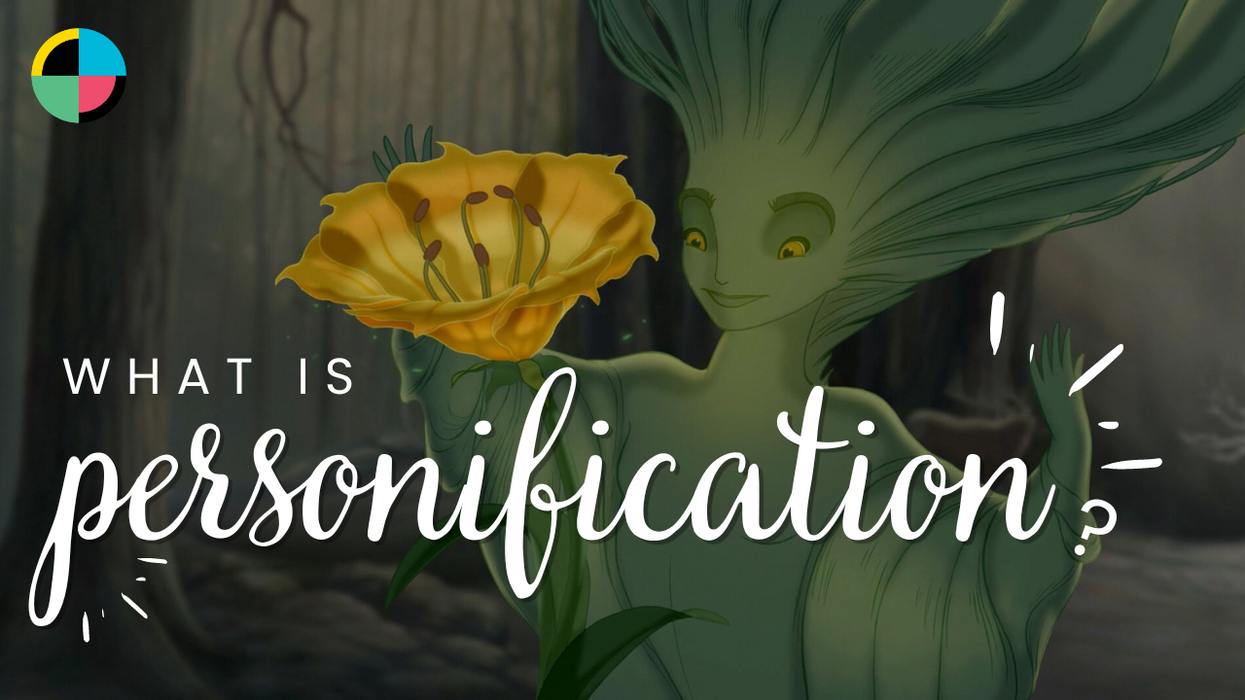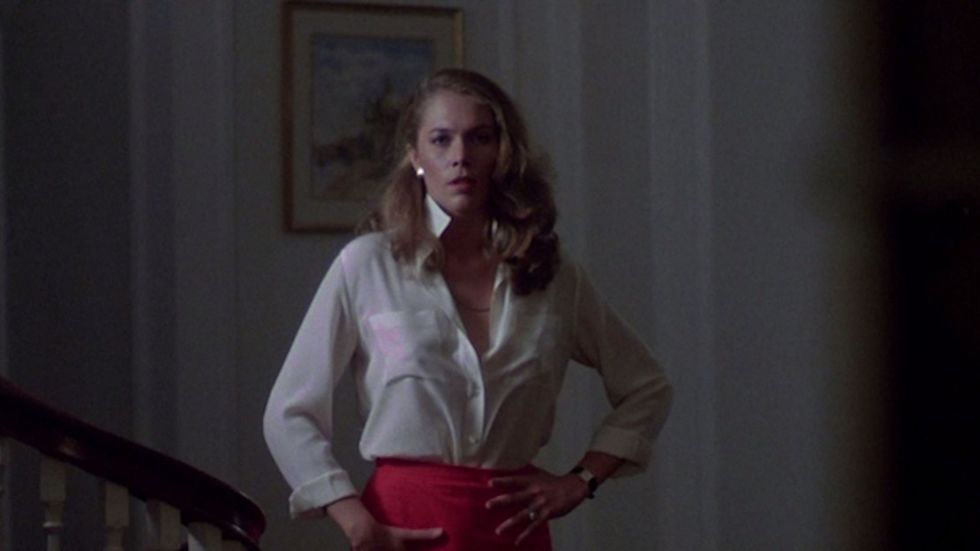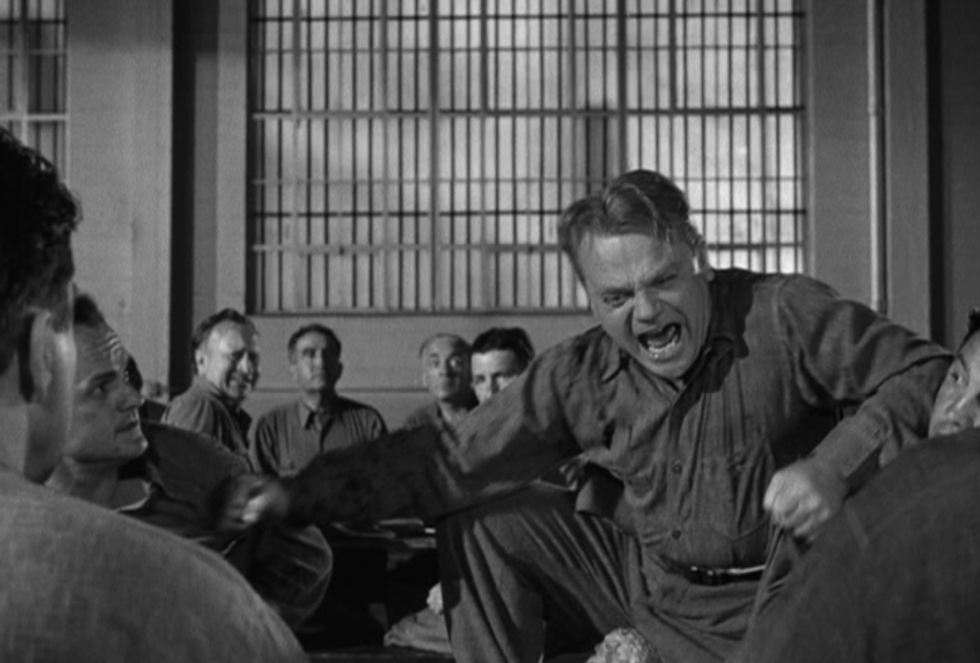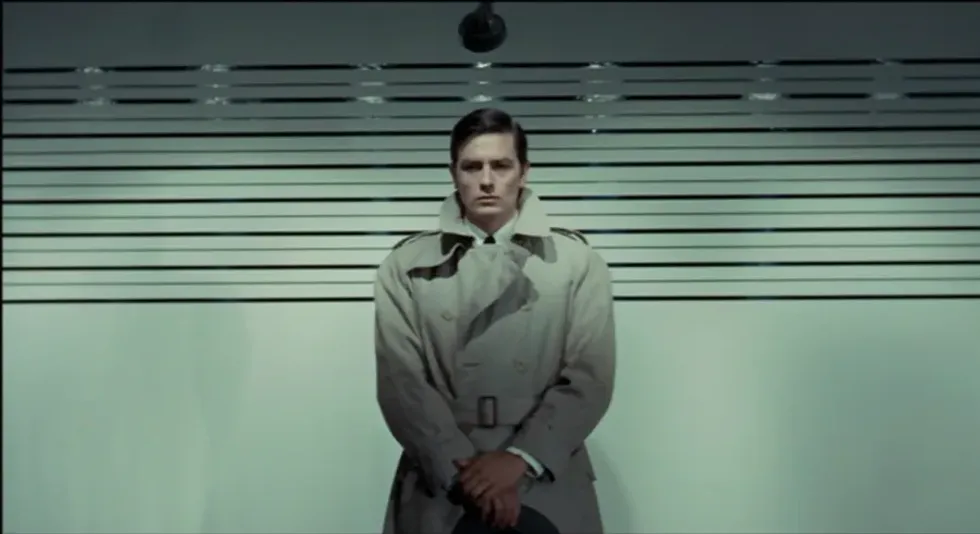What Is Personification? (Definition & Examples)
Do you know what personification is? And how do writers and directors use it in film, TV, and literature?

You can write a film or TV show about any kind of character, even one that's not alive. That's where learning about personification comes into play. While its origins began in literature, this literary device is now a useful tool for filmmakers to bring inanimate objects to life—even abstract ideas. It instills human qualities and human attributes in something unexpected.
Today, we're going to answer your questions about personification. We'll look at the definition and examples and show how you can use them effectively in your writing. Remember, this kind of figurative language is a powerful tool. Use it wisely.
So let's bring some of this stuff to life!
What Is Personification in Literature, Film, and TV? (Definition and Examples)

TOY STORY
Disney
Personification is a literary term with a deep history. I'm sure you remember your grade-school teachers bringing it up when talking about poetry or other prose. But if you're like me, you have to put some effort into remembering the exact definition of the word.
We'll take a look at a few sentences containing personification later.
Definition of "Personification"

'Beauty and the Beast'
Disney
Personification is the giving of human characteristics to something nonhuman. It's a type of anthropomorphic metaphor, connecting the audience to a theme by adding human elements.
For example, in movies and TV, think of things like The Brave Little Toaster or any of the animals in Disney animated movies like Ratatouille. Personifying is a key skill for any writer because it brings life onto the page.
Why Do Writers and Directors Use Personification?

Personification gives writers and directors a way to explain things about humanity without having the characters or objects they describe needing to be human. Think of personification as something that works in tandem with metaphors. Personified objects allow writers to show heightened human emotions for the audience to study and understand a little more about themselves.
Also, writers and directors are creative. Not everyone wants to tell the story or relate to a human. Instead, they want to use animals and objects as characters. While using those, we still want the audience to engage, so things are personified.
Human qualities are bestowed via character development, allowing us to understand the plight and arcs of things we don't usually associate with human beings.
Examples of Personification in Worldbuilding

When it comes to worldbuilding, personification can also help set the rules of the world. Think about how some movies, like Finding Nemo, personify animals. Well, while doing that, they have to build the world of the story.
And they use human traits like parents and social networks to play into puns like schools of fish and surfing turtles, to help the audience understand the complex comings and goings of life under the sea.
When it comes to personification in literature, you're also building a world for your prose or poetry. You want the reader to understand what they can learn about humanity from studying these inhuman things. Whether that's smiling clouds or a grumpy dog, you're adding an extra element to allow us to connect.
A Short History of Personifying Objects and Animals
 'Wall-E'Pixar
'Wall-E'PixarThe history of personification dates back to the first writings and different cultures. Storytellers and poets have been personifying animals and objects since the earliest written word. From dragons who come alive to sphinxes to animal gods, this has been an inherent part of human writing and connecting.
Of course, poetry and literature came first and perfected the practice.
Personification in Literature Examples
 'Romeo + Juliet'Fox
'Romeo + Juliet'FoxThere are so many amazing examples to pick from, but I tried to pull a few different ones from prose and poetry. Let's start with a classic that we all probably read in high school or later.
In Romeo and Juliet, William Shakespeare writes:
"The grey-ey'd morn smiles on the frowning night, Chequering the eastern clouds with streaks of light."
Obviously, the personified parts of this are the gray morning, smiling. And the night, frowning.
How about this immortal quote from Emily Dickinson:
“The Heart wants what it wants—or else it does not care.”
A heart is an organ, but it also hooks into the greater metaphor of the heart symbolizing love and having its own wants and desires.
Personification Examples in Film and TV
 'Toy Story 4'CREDIT: Pixar
'Toy Story 4'CREDIT: PixarBringing human characteristics to life in inanimate objects can be a little easier in a visual medium. You just have to give them human traits and find a vivid image to put on the screen. That's why this is so popular in animated films.
Think about something like the very famous Beauty and the Beast from Disney. The Beast is not human, but he has all the characteristics of a human being.
Look, I know you want to quibble about him being human once, but it is not the same. He's a beast now. The personified qualities inside him and the ability to become more of a human being is what allows Belle to fall in love with him.
Another movie I think is pertinent here is Toy Story. For us, toys are just plastic objects. But in the world of the movie, they come alive when kids leave the room. And they have all sorts of human emotions like love, friendship, and even jealousy.
This wide range of emotions capitalizes on our nostalgia for our favorite toys and amplifies this connection by adding humanity to the situation. Our connections develop not just with the toys, but with who we were at that age and the emotions we feel now.
Summing Up Personification in Literature, Film, and TV?
Hopefully, you were able to glean a lot from this type of metaphor. Be it an object or animal, personifying anything brings it to life. Live things allow us to connect with them on a visceral level. That connection is what makes writing and directing so great. We're not doing this to keep people away from us. We're doing it to draw them in.
So the next time you sit down to write a screenplay or name a movie, consider how personification can help you.
Got amazing personification examples? Let us know in the comments.
Now go get back to work.
- What Is Imagery in Poetry and Literature? ›
- 50+ Literary Devices You Need to Know for Your Screenwriting ›
- Personify | No Film School ›
- What Is Sibilance? ›














